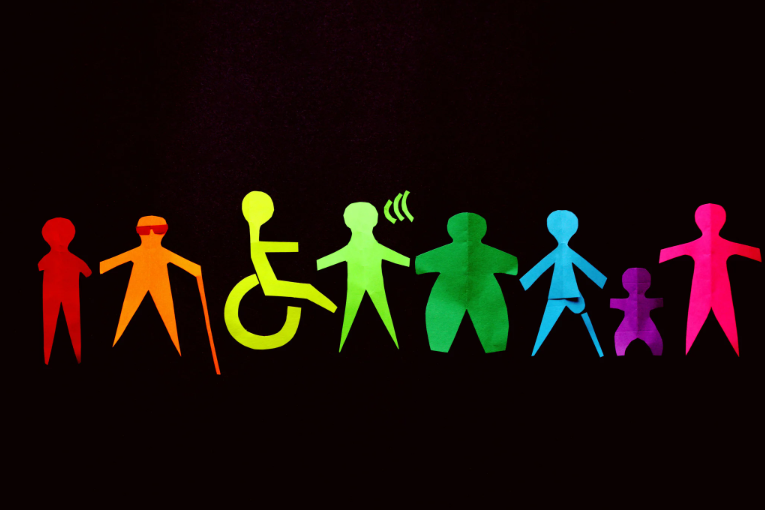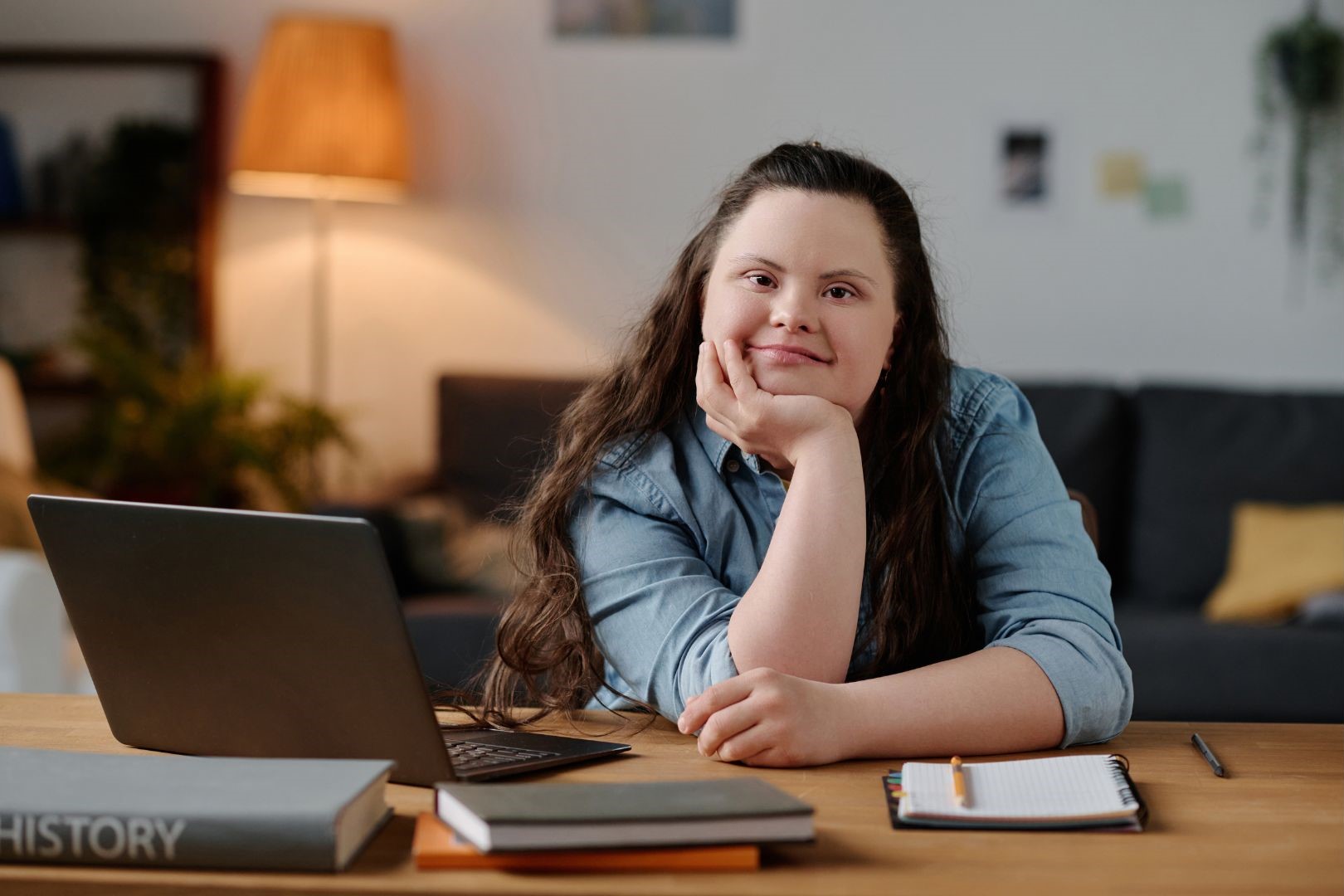The document aims to give tools to educators (and those who work with people with disabilities) on how to activate the community in which the person with disabilities, whether physical or intellectual, lives. It has often been stressed how important it is to work for a community to be inclusive , to make sure that a person with disabilities is a resource and has the tools to self-determine.
The inclusion of people with disabilities
Inclusion is not a given for all individuals. An “included” person should enjoy minimum standards of well-being. If we are talking about people with disabilities, social inclusion aims to make sure that public settings give an adequate response to people’s differences, thus making these places accessible, not only physically accessible but also taking into account cognitive disabilities.
The importance of the environment
It is proven that a person with disabilities has a reduced social network. Public places can help implement inclusion in the public life of every individual. Not only the person with disabilities must be an active part of this process, but especially activity managers and those who frequent public places; it is a system that helps in self-determination.
What to do to improve?
The most important aspect to be able to put in place an inclusion process is to activate the local community, with the aim of dialogue between the parties that pose it (municipality, local associations, businesses,…) to develop new opportunities for each individual, not marginalizing the excluded.
How Mind Inclusion can help in this process
The Mind Inclusion methodology aims to train professionals working in the disability field to make sure that the realities these people attend are inclusive and do not create a gap between individuals with different characteristics, enhancing their self-determination and autonomy.
Conclusion
It is critical to continue working with public place managers as they can truly be great activators of change and pioneers of inclusiveness.



